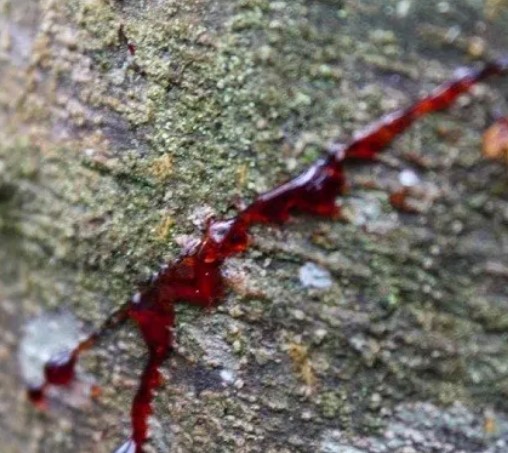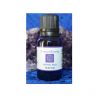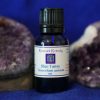Description
Croton lechleri – Scarlet Resin – Dragon’s Blood – Sangre de Draco – Sangre de Grado: Used for Wounds, Arthritis, Gums and Teeth, Bone Spurs, Diarrhea, etc. Used as a potential cancer drug by pharmaceutical companies. Commonly known as Dragon’s Blood*, this is the resinous sap which is also a popular resin to burn for incense in it’s resin tears or powdered form. Contains constituents akin to liquid latex which is why it’s used for wounds. Will stain; but once rubbed into the skin, it becomes white like a latex.
PAY ATTENTION to the “BOTANICAL” name of Dragon’s Blood!!!! See teaching Dragon’s Blood Video.
Also, see Dracaena cinnabari – Dragon’s Blood
See RESEARCH Paper
Traditional Folk Medicine uses Dragon’s Blood externally to wash and promote healing of wounds and stop bleeding. Has been used for chest pains, post-partum bleeding, internal traumas and menstrual irregularities.
Scarlet Resin is a resin that is deep blood red in color extracted from trees in South American Rainforest.
Used to store teeth for re-implanting. See article, Dragon’s Blood Sap (Croton Lechleri) As Storage Medium for Avulsed Teeth: In Vitro Study of Cell Viability.
Dragon’s Blood from C. lechleri is an Amazonian medicinal plant with a characteristic red sap. Its array of phytochemical action in preclinical studies include anti-inflammatory, antioxidant, antimicrobial, antifungal, and antineoplastic properties. Clinical studies reflect wound healing and antiviral properties. Although its popularity is rising in western medicine, C. lechleri offers limited use in dermatology and further investigation is necessary to gain further insight into its potential clinical implication.
!!! More info forthcoming . . .
Application: Apply topically
Constituent:
Descriptor: anti-oxidant, antidiarrhetic, antiulcer, antimicrobial, antiviral, antitumor, anti-inflammatory, haemostatic,
Wild/Organic: Peru
Exudation: Resin
KEEP OUT OF LIGHT and be sure to keep LID TIGHT to avoid oxidation. To extend shelf life past 12 – 24 months, keep refrigerated.
Shelf Life: 1+ years (extend and best to keep refrigerated)
* proteolytic: Proteolytic enzymes, also referred to as “proteases,” are enzymes that break down proteins into their smallest elements. Systemic proteolytic enzymes help to restore the body.






Reviews
There are no reviews yet.